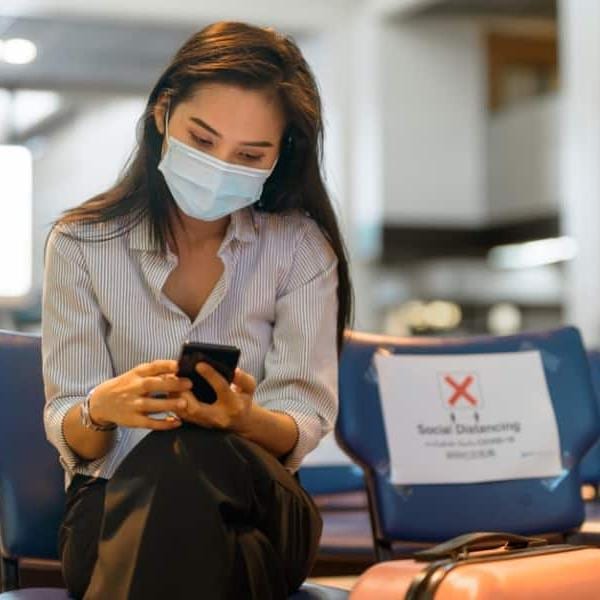Duty of Care
Why You Should Extend Traveler Safety to Protect Your Rideshare Users
The employee experience isn’t just about ensuring your workforce has the right tools to stay productive; it’s also about ensuring they have the right training and tools to travel safely. This is especially important for groups who are newer to business travel, such as Generation Z, as well as those who are at a greater risk: women and individuals of the LGBQT community.
Global survey shows that traveler safety is a major issue
A recent global survey highlights the challenges business travelers face include:
- 77% of female travelers experienced some sort of harassment or mistreatment while traveling
- 85% of LGBTQ+ travelers have changed travel arrangements out of concern for their safety
- 54% of travelers say their safety is not a top priority in their company’s formal travel policy
- 67% of travelers say their company lacks the technologies that make traveler easier
Supporting your organization’s duty-of-care obligations doesn’t have to be a hassle; you can prioritize the safety of your employees and still offer a highly satisfying travel experience.
The benefits of having a travel safety plan
There’s nothing more important than the safety of your team. Having a travel safety plan not only offers traveling employees’ peace of mind, but also ensures your organization is prepared in case an emergency arises. Here’s are some of the benefits your organization can expect from implementing a traveler safety plan:
- Fulfills your duty of care obligations and responsibilities
- Offers a safe, seamless experience for traveling employees
- Your travelers will be happier and more productive
- Organizations can get more visibility into where travelers are located
- Travelers can share trips and location status to feel safer when using rideshare
Using these best practices to update your employee safety plan, and comparing industry benchmarks with those across the globe, you can ensure your organization is covering all of its trip planning and safety essentials, while getting the best price for your budget.
General guidelines for safe corporate travel
As you roll out and update your risk management plan, take these general guidelines into consideration to help reduce risks, orchestrate traveler safety, and simplicity for your organization:
- Consolidate corporate card data with travel itinerary details, so all the information you need is in one, convenient place
- See where your employees are located, at all times when traveling for business, so when disruptions occur, you’ll know who’s impacted
- Give employees safety details down to the neighborhood’s statistics, so they can make the best choices about where to stay
- Encourage employees to share their trip status when using rideshare, for increased visibility and as a part of their personal safety plan
And when travelers find themselves in an emergency, give them access to everything they need – from real-time flight alerts to additional flight options to informing their inner circle by opting into trip sharing.
Best practices for improving safety and cost for ground transportation
Traveling by taxi isn’t as prevalent as it once used to be, and that’s because it’s often the more expensive option. Because of their affordable rates and easy-to-use apps, rideshare services, such as Uber and Lyft, are here to stay. But with these services comes unfamiliar risks, such as whether or not it’s safe to share a ride or how to identify unsound driver behavior.
That’s why organization’s need to be aware of the increased necessity to update travel safety and risk management plans to ensure your employees are covered. Take some of these best practices for ground transportation into consideration when reviewing your travel policy:
- Implement Uber and Lyft for Business and other ground transportation partners
- Move 5% of taxi transportation per quarter to rideshare services
- Include and align stakeholders to plan – security, finance, and travel managers
- Learn rideshare safety features and provide information to employees
- Know your policy on alternate transportation, for example, scooters or bicycles
Then, review our general benchmarks for median ground transportation costs below to see where your company compares, and how you can improve .
Promote ground transportation safety for your employees
The day-to-day of managing travel and expenses can keep employees from being their best. Updating your travel policies and employee safety plans to encourage the use of GPS tracking and reporting can eliminate the headaches of manual mileage reporting, help improve employee safety, and help travelers swiftly get from point A to B.
Curious to see where your current process stands? Use our Travel & Expense Check-In tool to assess the current gaps in your travel management plan.
